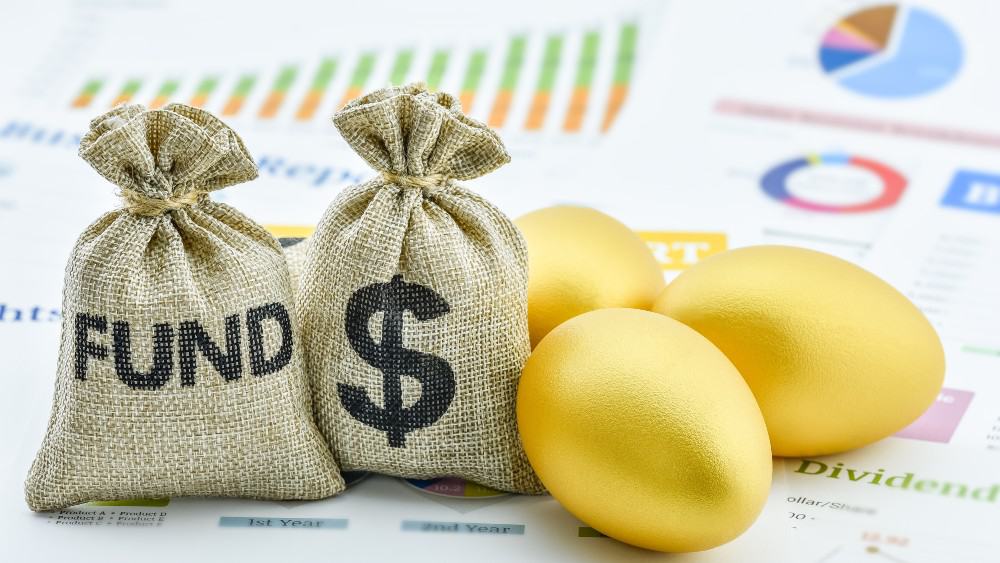Want permanent passive income? You just need to follow a few simple steps. The best part is that you can achieve this while paying zero taxes.
These are simple steps, but that doesn’t mean they’re easy. The vast majority of people that read this article will fail to follow them properly. But if you succeed, you’ll never have to work again.
The numbers don’t lie
Let’s get the hard part out of the way quickly: it takes money to make money. There’s no way around this reality.
Let’s say you own investments that generate 10% annual earnings. To make $1,000 per month, you’ll need a nest egg of $120,000. To make $5,000 per month, you’ll need $600,000. That’s a lot of dough.
This is where most people fall off the wagon. They look at how much money they’ll need to create a passive-income stream, compare that to how much money they have today, and become disheartened. Don’t let this happen to you!
If you break your savings down into small, bite-sized pieces, a hefty nest egg can be yours. Let’s see how it works.
This is the first step
Your first step is to open a TFSA. If you already have one, it’s time to maximize your benefits.
TFSAs allow you to permanently shield your capital from taxes. Once inside the account, your money will never be taxed again, even upon withdrawal. By using a TFSA, you can cut years off the time it takes to establish a passive-income stream.
TFSAs let you invest $6,000 annually, but that number changes year to year. The trick is to break that $6,000 into smaller chunks.
If you invest $500 per month, for example, you’ll hit $6,000 by the end of the year. You can even set up recurring deposits so that these contributions happen automatically.
Establishing recurring deposits is critical. Again, it takes money to make money.
If you invest $6,000 every year, earning 10% per year, you’ll amass $120,000 after 11 years. That’s good enough to create monthly income of $1,000. To reach the $600,000 mark, good enough for a $5,000 monthly income stream, you’ll need to wait roughly 25 years.
Can’t contribute $500 every month? Don’t worry! The trick is just to get started, even if the monthly sum is just $50. Establishing recurring deposits instantly puts you way ahead of the competition.
Best passive-income stocks
A lot of people fill their TFSAs with stocks like Bank of Montreal. BMO shares generated double-digit returns for decades. That’s certainly a great place to begin, but if you want even faster growth, you’ll need to look at stocks like Shopify (TSX:SHOP)(NYSE:SHOP) or Constellation Software (TSX:CSU).
What Shopify and Constellation have in common is that they’re both software companies. This characteristic alone allows for massive growth.
Consider an airline. To make more money, they need to fly more passengers. That means they need to buy more planes. That’s expensive and takes months or even years to execute.
Software companies, by comparison, simply need to send another download link. Growth is instant and nearly free. There’s a reason why Shopify and Constellation stocks have risen five times in value over a single year.
If you want to create a passive-income stream as fast as possible, look at software stocks.









